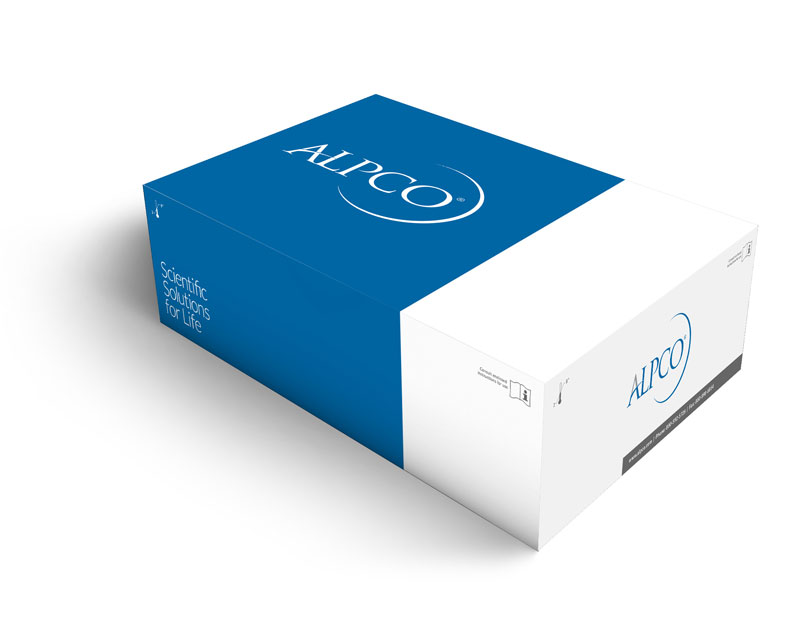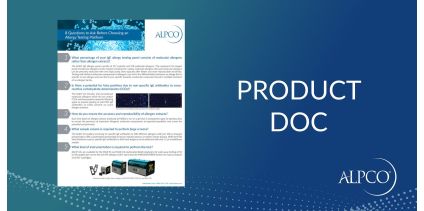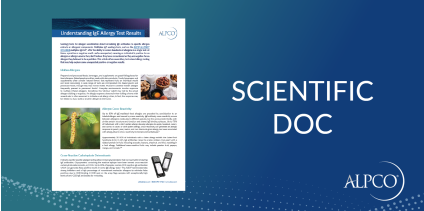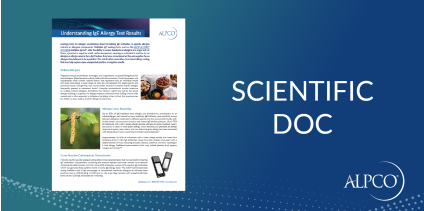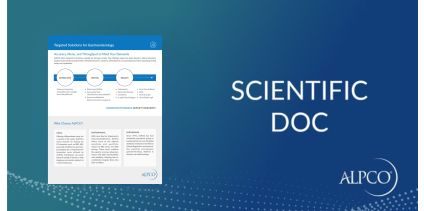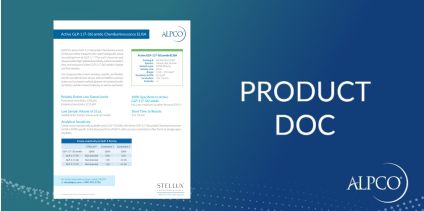Mouse / Rat IGFBP-2 ELISA
The Mouse / Rat IGFBP-2 ELISA is for the quantitative determination of IGFBP-2 in rat and mouse serum. For Research Use only. Not For In Vitro Diagnostic Use.
Dynamic range
0.01-200 ng/mL
Sensitivity
0.01 ng/mL
Sample size
10 µL
Insulin-like growth factors (IGFs) regulate the proliferation, differentiation, apoptosis, cell adhesion and metabolism in various tissues and cell types. IGFBP-2 is an unglycosylated polypetide of 31.3 kDa, which forms binary IGF complexes and shows no circadian rhythm in the circulation. The serum concentration of IGFBP-2 increases in fasting, after major surgery and after trauma, but the increasing of the concentration is most intensive in malignant diseases. The correlation of the IGFBP-2 level to the degree of progression is a striking feature in various tumor types as is the normalization of the IGFBP-serum levels after remission. During the GH-therapy, e.g. in short stature and in GH-abuse (doping) the IGFBP-2 level decreases. In Trisomy 18 IGFBP-2 in maternal serum is decreased and IGFBP-1 is increased; therefore the ratio IGFBP-2 /IGFBP-1 is a marker for this chromosome abnormality.
Transgenic organisms are a good opportunity to investigate the function of genes or proteins. The mouse or rat model is a well-suited system for investigation of the relevance of IGFBP-2 in physiological and pathological processes. Over expression of the IGFBP-2 gene in mice results in a weight reduction of 30% in spleen and
moderately reduced weight in other organs. Effects of IGFBP-2 on the organism can be compensated through the modified expression of other IGF-Binding proteins. In tumor biology the mouse and rat systems enable investigation of the systemic relevance of IGFBP-2. IGFBP-2 influences tumor cells as it induces catalase activity in adrenocortical cells. Furthermore IGFBP-2 interacts with tumor cells via its RGD-amino acid sequence and seems to stimulate cell invasion of glioma cells.

